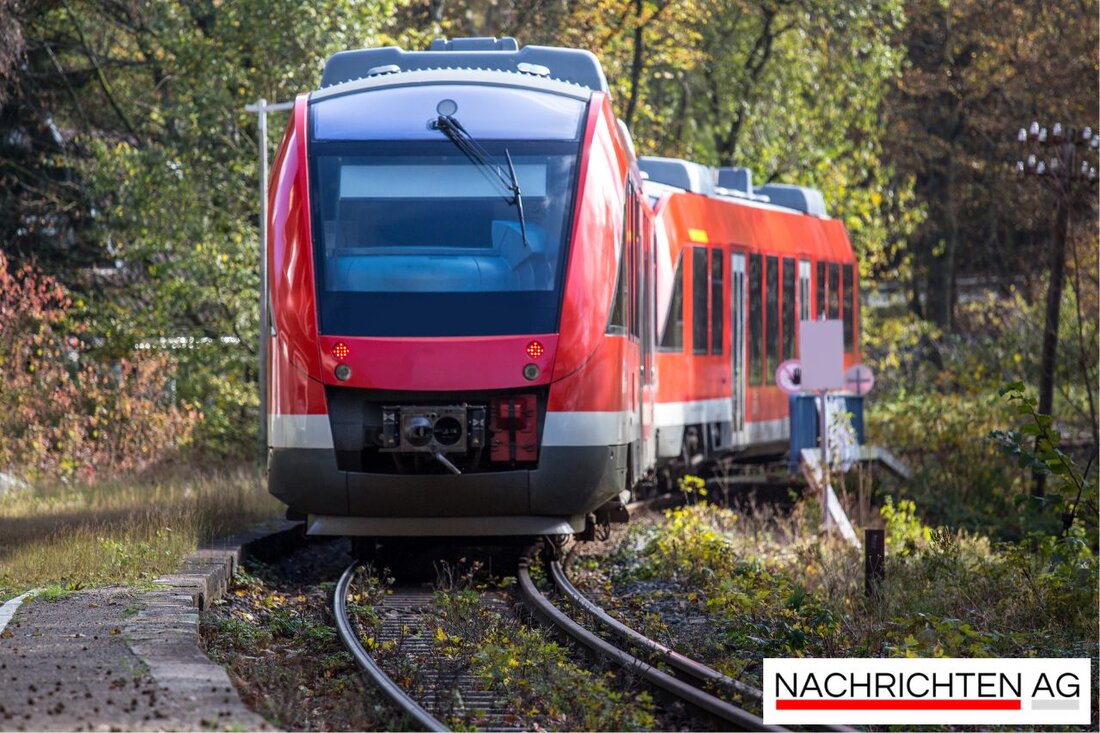Cologne is upgrading: rail hubs with 17 measures for punctual trains!
The rail node conference on June 30, 2025 in Cologne will discuss important infrastructure measures to improve train traffic.

Cologne is upgrading: rail hubs with 17 measures for punctual trains!
Cologne, a vibrant rail transport hub in Germany, is facing an exciting development. On Monday, June 30, 2025, an important rail junction conference will take place in the cathedral city, bringing together representatives from politics, business and rail planners. The exchange will revolve around ongoing and planned projects that serve to improve traffic flow in and around Cologne. Loud Radio Cologne Cologne is not only a central railway junction, but also one of the busiest in all of Germany.
What are the main problems? The delays caused by the mix of slow and fast trains on the same tracks are a constant nuisance. To counteract this, 17 measures are planned that are in the 2040 target network. These include, among other things, the expansion of the S11 to Bergisch Gladbach as well as new S-Bahn lines in various directions. Particularly noteworthy is the western span between Hansaring and Hürth, a key investment for the region's future transport infrastructure.
Sustainable mobility in focus
The mobility needs of commuters and travelers in the region are constantly increasing. The expansion is therefore aimed at shifting traffic to rail in order to both protect the environment and increase capacity on the already heavily used core routes between Cologne and Dortmund. The need is obvious: since 2014, the Cologne-Mülheim – Düsseldorf – Essen – Dortmund route has been viewed as overloaded go.Rhineland reported.
An important element in this expansion process is the Rhine-Ruhr Express (RRX), which includes several lines to ensure improved connections to the metropolises in the Rhineland and Ruhr area. The RRX should ultimately offer a 15-minute service between Cologne and Dortmund and ensure that transfer-free connections from almost all parts of the country to the Rhine-Ruhr axis are possible.
Progress and challenges
The planned measures include, among other things, a four-track expansion from Cologne-Mülheim to Düsseldorf-Benrath and a six-track expansion from Düsseldorf-Benrath to Duisburg main station. In addition, work is being done at the train stations and stations to improve the quality of stay and to install noise protection measures. The good news is that the expansion of the main train station and Messe/Deutz train station can apparently proceed without significant resistance, which makes it easier to carry out these projects.
To do this, DB AG must submit an infrastructure status and development report (IZB) to the federal government every year, which documents the non-closing services and investments. This happens as part of the service and financing agreement. The IZB is intended to create transparency about the condition of the railways and is checked by the Federal Railway Authority, as stated on the website Federal Railway Authority is to be read.
The cooperation between the local transport association go.Rheinland and nature conservationists for a nature-friendly approach, especially in the Thielenbruch nature reserve and the Thurn Forest, is particularly worth mentioning. A new construction method is used here to minimize environmental damage.
The developments at the Cologne railway junction are in the starting blocks. A potential bright spot for commuters, travelers and the environment at the same time!

 Suche
Suche
 Mein Konto
Mein Konto